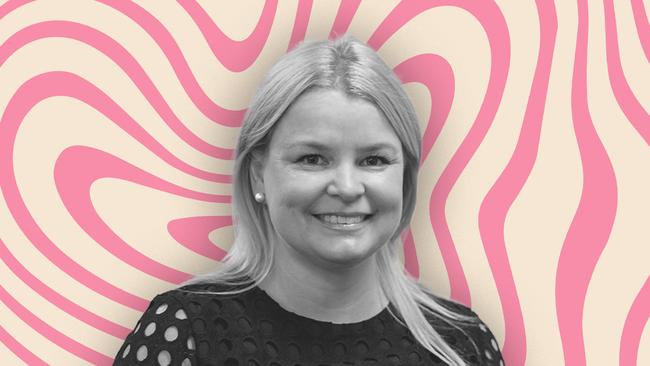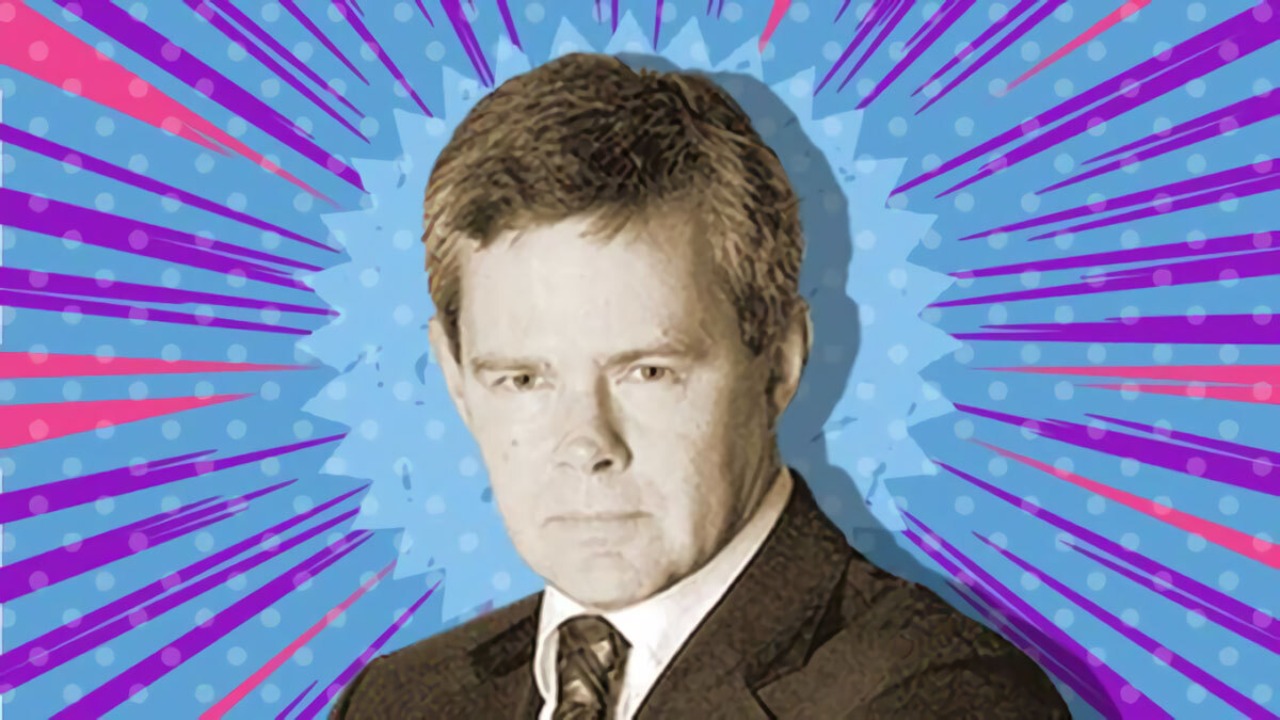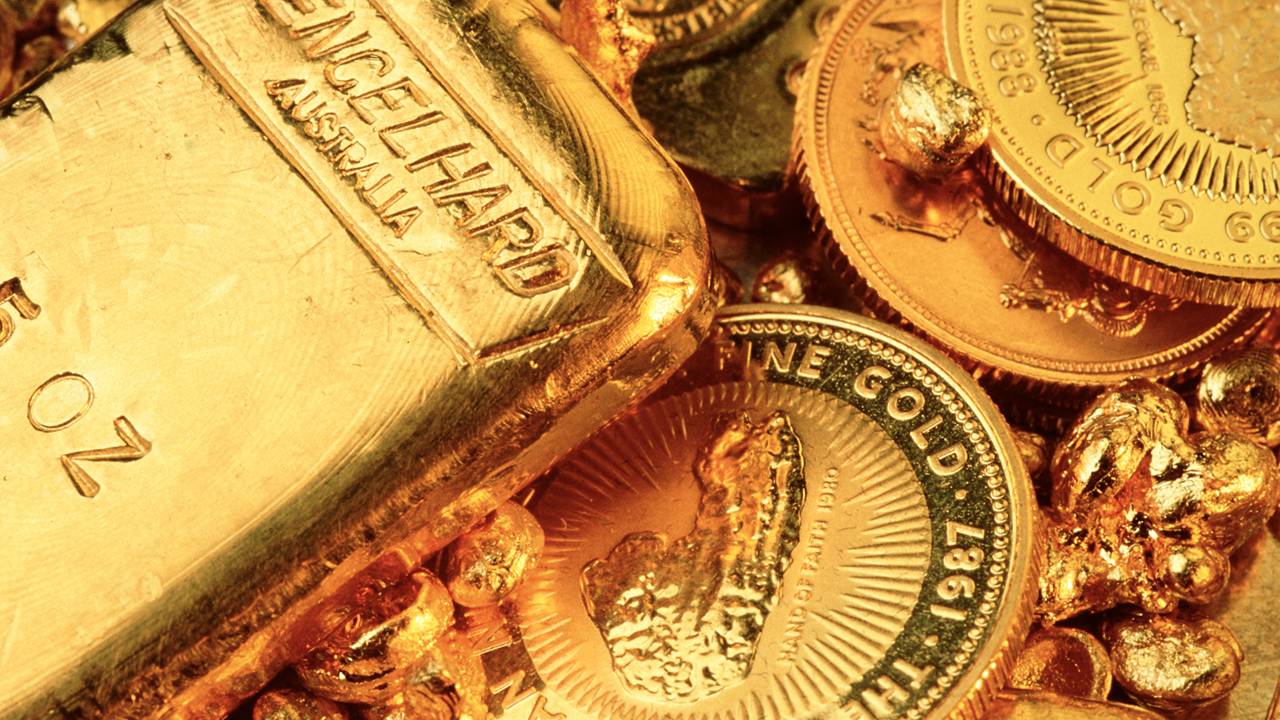Kristie Batten: Greenvale plots course on Australia’s big uranium roadmap
Australia could end up being home to half of the world’s uranium resources – and Greenvale Energy wants to get in on the action.

Stockhead
Don't miss out on the headlines from Stockhead. Followed categories will be added to My News.
One of Australia’s top mining journalists, Kristie Batten writes for Stockhead every week in her regular column placing a watchful eye on the movers and shakers of the small cap resources scene.
Greenvale Energy (ASX:GRV) executive chairman Neil Biddle estimates Australia could end up being home to half of the world’s uranium resources – and the company wants to get in on the action.
“The reason we're going into uranium in a big way is because the nuclear industry has, for many years, been in the doldrums,” Biddle told the Resources Rising Stars Summer Series in Brisbane last week.
“It's had competition from coal plants, coal-fired energy and oil and gas. The fossil fuel industry really has made nuclear difficult to be competitive. At one time, the nuclear industry helped provide 15% of global energy. Today it's down to about 9%.”
However, due to surging energy costs and a need to decarbonise, nuclear energy is back in fashion.
“There's 110 reactors planned to start construction in the next five years and there's 32 countries, there's 14 large banks, and there's a whole lot of big, smart companies investing in uranium now that are standing behind the nuclear industry trebling in size over the next 25 years,” Biddle said.
Since the Fukushima nuclear disaster in Japan in 2011, there’s been very little exploration for uranium in Australia.
“Remarkably, Australia has more uranium than any other country in the world. We have 28% of the world's uranium reserves, and that's without a sustained exploration effort by the juniors,” Biddle said.
“If the juniors got stuck into exploring for uranium, it wouldn't surprise me if Australia ended up with half the uranium reserves in the world. That makes Australia a key player in the nuclear industry going forward.
“The current Labor government mightn’t like that, but I don't think they’re going to be around for long, so hopefully we get a more enlightened government so we can take advantage of this enormous wealth lying under the ground in our country.”
Oasis close to home
Greenvale has had a productive past few months, adding five uranium projects to its portfolio to join its existing Alpha torbanite project in Queensland.
Four of the new projects are in the Northern Territory but the most advanced, Oasis, is in Queensland, just 50km from the town of Greenvale.
Oasis was acquired last month for $200,000 cash and 20 million Greenvale shares.
Biddle, who was a co-founder of lithium producer Pilbara Minerals, said Oasis was discovered in the 1970s by Esso, but little work had been done on the project since.
“A couple of small companies went back in and did some test drilling, but Esso only drilled out a 300m strike length of a 1.5km zone and they intersected a lot of very high-grade mineralisation,” he said.
“The companies that followed did more of the same. They checked Esso’s drilling, they did some trenching along strike, they extended the extent of the mineralisation by another 300m to the south, but didn't drill test it, so it's really an amazing opportunity.”
According to Biddle, the radiometric anomaly that has been tested isn’t the biggest on the property, but rather, the easiest to access.
There are much larger anomalies across the 90 square kilometre property that have never been tested.
“It's a block of rocks that have been intruded by a big alkaline granite system and it looks to us like a classic intrusive alaskite-style uranium deposit,” Biddle said.
“These are typically very big deposits. Rossing in Namibia is the classic example of that kind of deposit.
“We are pretty confident we've got something very similar to that here.”
Exploration will start in April, following Queensland’s wet season.
The company also recently flew an airborne magnetic survey over the Douglas River project in the NT, defining a 13km-long uranium anomaly overlying a palaeochannel overlying a geological unconformity.
It will be the first of the NT projects to be drilled.
Renaissance period
Biddle described the past few months as a major renaissance for Greenvale with the addition of new projects, corporate changes, divestments and the retirement of debt.
The company has retained the unique Alpha torbanite (bitumen) project and while Biddle said the project’s fundamentals remained strong, the past five years of trying to progress it had been “torturous”.
Greenvale also still has its geothermal project in Queensland’s Millungera Basin, but Biddle said there were several cash offers on the table.
“I really want to focus on the uranium, and I think that's where the biggest bang for our buck will be in discovering a major uranium deposit at a time when the nuclear industry is going to be rapidly expanding,” he said.
As of this month, Greenvale had $1.7 million in cash and $1.6 million in liquid investments, which Biddle said was enough to execute its upcoming exploration programs.
He described Greenvale’s market capitalisation of just over $20 million as “pathetic”.
“I'm here to tell you we're going to build on that and get this company back to where it should be.”
At Stockhead, we tell it like it is. While Greenvale Energy is a Stockhead advertiser, it did not sponsor this article.
Originally published as Kristie Batten: Greenvale plots course on Australia’s big uranium roadmap


